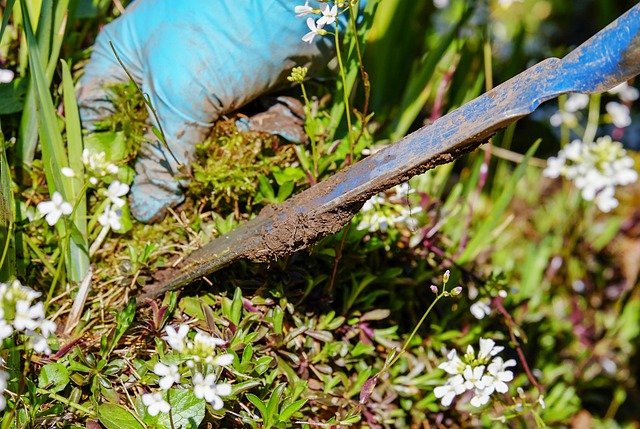Simple and Effective Techniques to Remove Weeds from Your Yard or Garden
Maintaining a beautiful, weed-free yard or garden can be a challenging task for many homeowners and gardening enthusiasts. Weeds are persistent invaders that compete with your plants for nutrients, water, and sunlight, often detracting from the overall appearance of your outdoor space. This article will explore various effective techniques to remove weeds and keep your yard or garden looking its best, tailored to different soil types and gardening needs.

What are the most common types of weeds in yards and gardens?
Before diving into removal techniques, it’s essential to understand the common types of weeds you might encounter in your yard or garden. Some of the most prevalent weeds include dandelions, crabgrass, chickweed, thistle, and clover. Each of these weeds has unique characteristics and growth patterns, which can influence the most effective removal method. For example, dandelions have deep taproots that require thorough extraction, while crabgrass spreads quickly through shallow roots and seeds.
How does soil type affect weed growth and removal methods?
The type of soil in your yard or garden plays a crucial role in weed growth and the effectiveness of various removal techniques. Sandy soils tend to drain quickly and may require more frequent watering, which can encourage weed growth. Clay soils, on the other hand, retain moisture and nutrients but can be more challenging for weed roots to penetrate. Loamy soils, a mix of sand, silt, and clay, provide an ideal balance for plant growth but may also support robust weed development. Understanding your soil type can help you choose the most appropriate weed removal methods and preventive measures.
What are some manual weed removal techniques?
Manual weed removal is often the most environmentally friendly and cost-effective approach for small to medium-sized areas. Hand-pulling is an excellent method for removing weeds with shallow roots or those growing in loose soil. For weeds with deeper roots, such as dandelions, a hand weeder or garden fork can help extract the entire root system. Hoeing is another effective manual technique, especially for larger areas or rows of plants. When using manual methods, it’s crucial to remove as much of the root system as possible to prevent regrowth.
Which tools and equipment are most effective for weed removal?
Several tools can make weed removal more efficient and less labor-intensive. Long-handled weeders, such as the stand-up weeder or dandelion digger, allow you to remove weeds without bending or kneeling. Garden hoes come in various shapes and sizes, each designed for specific types of weeds and soil conditions. For larger areas, consider using a wheel hoe or stirrup hoe for faster weed removal. Power tools like string trimmers can be useful for managing weeds in hard-to-reach areas or along edges. Always choose tools that are appropriate for your physical abilities and the size of your gardening area.
What are some natural and chemical-free weed control methods?
For those seeking eco-friendly alternatives to chemical herbicides, several natural weed control methods can be effective. Mulching is an excellent technique that suppresses weed growth by blocking sunlight and preventing seed germination. Organic mulches like wood chips or straw also improve soil quality as they decompose. Boiling water can be an effective spot treatment for weeds growing in cracks or small areas. Vinegar, especially horticultural vinegar with higher acetic acid content, can be used as a natural herbicide. However, it’s important to note that vinegar is non-selective and can harm desirable plants if not applied carefully.
How can you prevent weeds from returning after removal?
Preventing weed regrowth is just as important as the initial removal process. One of the most effective preventive measures is to maintain a healthy, dense lawn or garden that leaves little room for weeds to establish. Regular mowing at the proper height for your grass type can help prevent weed seeds from germinating. In garden beds, use landscape fabric or newspaper as a barrier beneath mulch to further suppress weed growth. Avoid overwatering, as excess moisture can promote weed development. Additionally, consider using cover crops or ground covers in bare areas to outcompete potential weeds.
By implementing these simple and effective techniques, you can significantly reduce the presence of weeds in your yard or garden. Remember that consistent maintenance and a combination of methods often yield the best results. With patience and persistence, you can achieve a clean, healthy, and weed-free outdoor space that you can enjoy year-round.




